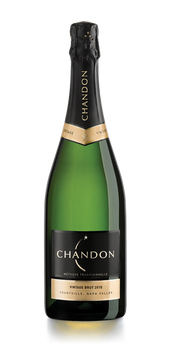If home is where the heart is, the heart of good quality wine certainly can be traced to the origins of its grapes. You’ve probably heard that great wine begins in the vineyard; but if you step back, you’ll see there are a lot of geographic influences on what makes a plot of land special for winemaking. There’s no one geographic cue that guarantees excellent wine; it’s more of a matter of connecting the dots between – temperature, climate, elevation, and soil type.
Temperature
Temperature is key in determining how grapes will ripen and thrive in a given region. In general, warmer climates allow grapes to fully mature, developing bold fruit flavors, sweetness, and higher alcohol content. On the contrary, cooler climates show a softer side, accentuating white wines’ minerality, maintaining juicy acidity, and ensuring a delicate dance of flavors across the palate. Once you become familiar with these characteristics, you can use them to quickly distinguish whether you’re tasting a warm or cool climate wine, and maybe even where it came from. (For reference: Pinot Noir, Chardonnay, and Meunier, the primary grapes used in sparkling, grow best in cooler climates)..
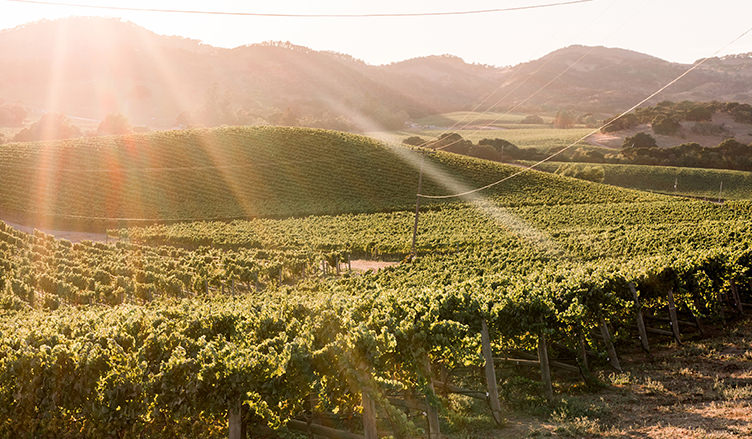
Climate
Beyond temperature, climate takes into account the weather patterns and atmospheric conditions over time that can develop – or destroy grapes. These factors include things like rainfall, humidity, wind, frost, hail, and amount of sunlight, which will impact everything from a grape’s skin thickness (tannins!) to the overall health of the vines. For example, the cool, windy climate in Carneros, California results in an extended growing season, yielding exceptionally crisp Chardonnay and Pinots grapes. In general, the best vintages usually result from stable climates that allow for slow, steady ripening; and when it comes to sparkling, cool climates (and microclimates created by canopy vines) maintain acidity and elegant flavors in the grapes.
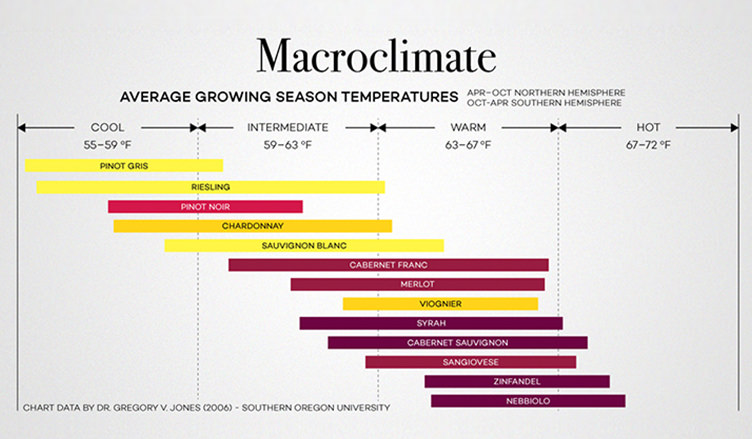
Elevation
From the sloping hills of Mt. Veeder to deep down in Napa valley, elevation affects how grapes grow. High altitudes cool nighttime temperatures and create longer growing seasons, which helps grapes conserve their acidity – for more elegant sparkling, and age-worthy still wines. Moral of the story? Chilly nights on the vine, wine lives a long time.
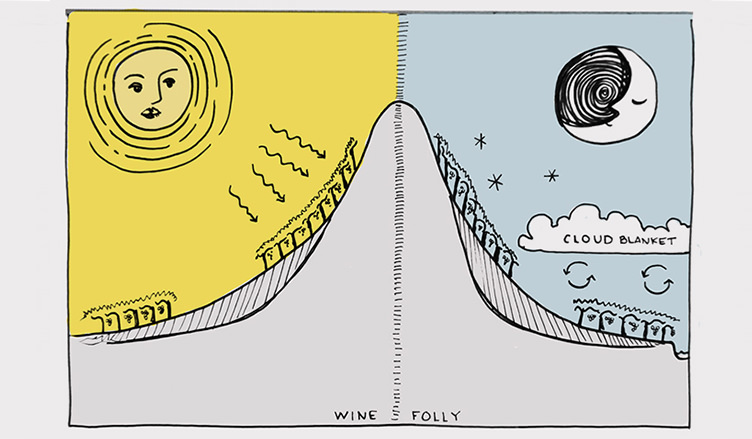
Soil
Soil type – including sand, clay, dirt, pebbles, rocks, and dozens of combinations in between – plays a big role in how grapes grow up and the kinds of wine that they become. Soil type determines the availability of nutrients, water drainage, water retention, and can even moderate temperature in a vine’s immediate microclimate.
The type of soil you need for the job also depends on whether you’re using your grapes to create sparkling or non-sparkling (still wine). For sparkling, it’s best to set root with a healthy dose of nitrogen added to the soil, and you’ll even find legume (peas, chickpeas, lentils, etc.) “cover crops" planted for added nutrients. With still wine, it’s the total opposite – the vines actually perform better when nutrients are scarce, causing fewer, more concentrated grapes to grow.
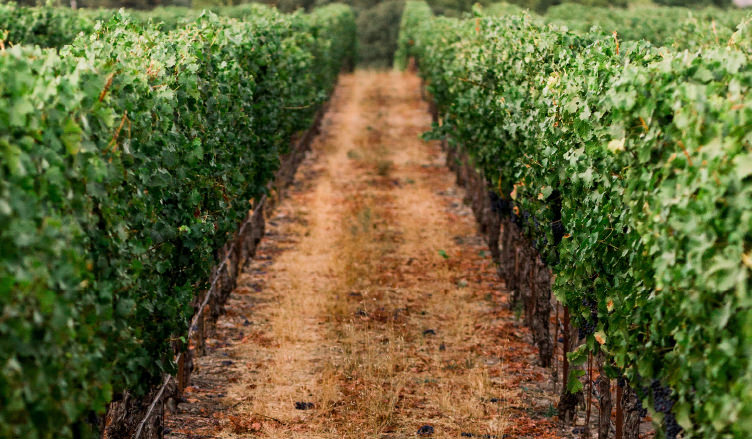
If you found this interesting, you'll love Club Chandon. Consider joining to delve deeper into the craft and tasting of California's finest sparkling.



